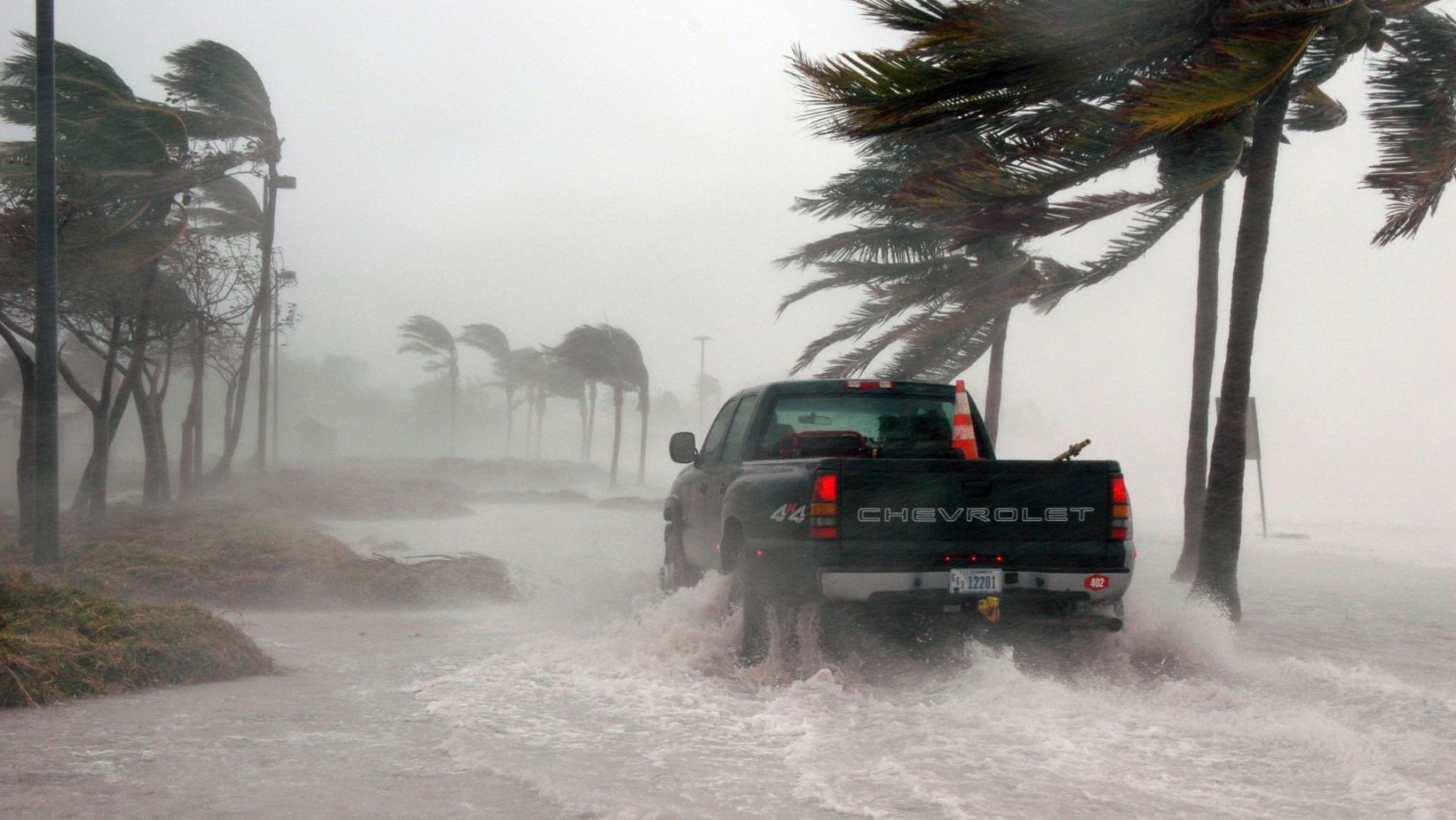Florida’s warm climate and abundance of water activities attract millions of visitors and residents each year. Unfortunately, this popularity comes with a significant risk: drownings. The state has one of the highest drowning rates in the United States, largely due to factors such as a high number of pools, coastal access, and recreational water activities.
Various demographics are at risk, including children and those who are inexperienced swimmers. The allure of water can lead to dangerous situations, especially when safety measures are not strictly adhered to. Understanding these risks is crucial for ensuring safety in a state known for its beaches and aquatic recreation.
Geographic and Climate Factors
Florida’s unique geography and climate play significant roles in the frequency of drownings. The state’s diverse waterways and weather conditions create a complex environment where safety risks are prevalent.
Weather Patterns and Waterfront Lifestyle
Florida is known for its warm climate and frequent thunderstorms, especially during the summer months. These storms can lead to unpredictable water conditions, increasing the risk of drowning.
High temperatures encourage outdoor activities, prompting many people to engage in swimming, boating, and other water sports. This heightened activity, combined with sudden weather shifts, can heighten the chance of accidents.
Furthermore, the prevalence of strong rip currents along Florida’s coastline poses serious risks to swimmers. These currents can be deceptively powerful, leading inexperienced swimmers into dangerous situations. Awareness of changing weather patterns is crucial for safety.
Accessibility to Water Bodies
Florida has an extensive network of lakes, rivers, and coastline, making bodies of water easily accessible. This accessibility leads to more opportunities for recreational activities, but it also means that people are more likely to encounter hazards.
Public beaches, pools, and private lakes attract large numbers of visitors throughout the year, increasing the likelihood of accidents. Many residents and tourists may underestimate the risks associated with water activities.
Additionally, the lack of adequate supervision in some areas, particularly smaller, less regulated bodies of water, can further increase the dangers. Ensuring proper safety measures and awareness is essential in these accessible areas.
The Importance of Swimming Education
Swimming education plays a critical role in reducing drowning incidents, particularly in states like Florida, where water-related activities are prevalent. Teaching individuals to swim equips them with essential skills that can save lives.
Impact of Swimming Lessons on Drowning Rates
Research indicates that children who receive swimming lessons have significantly lower drowning rates. Programs focusing on basic swimming techniques and water safety impart vital skills. Learning how to swim helps individuals gain confidence in the water. This confidence allows them to react appropriately in potentially dangerous situations, reducing panic and increasing safety awareness.
Many drownings occur in backyard pools or natural bodies of water. Swimming lessons provide crucial instruction on recognizing hazards and understanding safe practices around these areas.
Availability of Swimming Programs
Access to swimming programs varies across Florida, with many communities offering lessons, including Hialeah swimming lessons. Local organizations and schools often provide classes tailored to different age groups and skill levels.
Several public facilities have implemented affordable programs to ensure that everyone, regardless of socioeconomic status, can learn to swim. These initiatives often prioritize reaching at-risk populations.
Parents are encouraged to enroll their children in swim lessons early. By starting swim education at a young age, communities can instill a lifelong respect for water safety and swimming abilities.
Legislation and Safety Regulations
Florida has implemented various laws and regulations aimed at enhancing water safety and reducing drowning incidents. These measures focus on ensuring pool safety and promoting the use of life jackets and supervision.
Pool Safety Laws
Florida enforces strict pool safety laws that require residential and commercial pool owners to implement specific safety measures. This includes the installation of fencing that is at least 4 feet high, with self-closing and self-latching gates to prevent unsupervised access.
Additionally, public pools must comply with rules established by the Florida Department of Health, including regular inspections. Pool safety signage is also mandatory, which advises patrons of potential risks. These laws aim to prevent accidental drownings, especially among children, who are at a higher risk.
Life Jacket and Supervision Policies
The state encourages the use of life jackets, particularly for young children and inexperienced swimmers. Florida law mandates that life jackets must be available at public swimming areas and during water activities, such as boating.
Supervision policies stress the importance of constant adult supervision for children in and around water. Designating a “water watcher” can help reduce drowning risks by ensuring that someone is always attentive.

These combined efforts aim to create a safer environment to minimize the likelihood of drownings.
Public Awareness and Community Involvement
Public awareness and community involvement play a significant role in preventing drownings in Florida.
Educational Campaigns and their Effectiveness
Educational campaigns are essential in promoting water safety and preventing drownings. Organizations like the Florida Department of Health and various aquatic safety groups frequently run initiatives targeting children and parents.
These campaigns highlight the importance of swimming lessons, which can significantly reduce drowning risks for participants. Studies show that children who receive formal swimming instruction are less likely to drown than those who do not.
Materials such as brochures, social media posts, and community workshops are utilized to disseminate this vital information. They cover topics like recognizing hazardous conditions, the importance of constant supervision, and the use of life jackets. Effectiveness can be seen in reduced drowning statistics in communities that engage actively in these educational efforts.
Community-Based Prevention Programs
Community-based programs are instrumental in fostering a culture of safety around water activities. Local partnerships often focus on vulnerable populations, including children and non-swimmers.
Initiatives, such as free or subsidized swimming lessons, are crucial in addressing accessibility issues. Many organizations collaborate with schools, community centers, and recreational facilities to offer lessons that teach basic swimming skills and safety techniques.
Programs often feature volunteer lifeguard training, promoting engagement and responsibility among local youth. These efforts encourage neighborhood involvement while equipping individuals with skills that can save lives.









